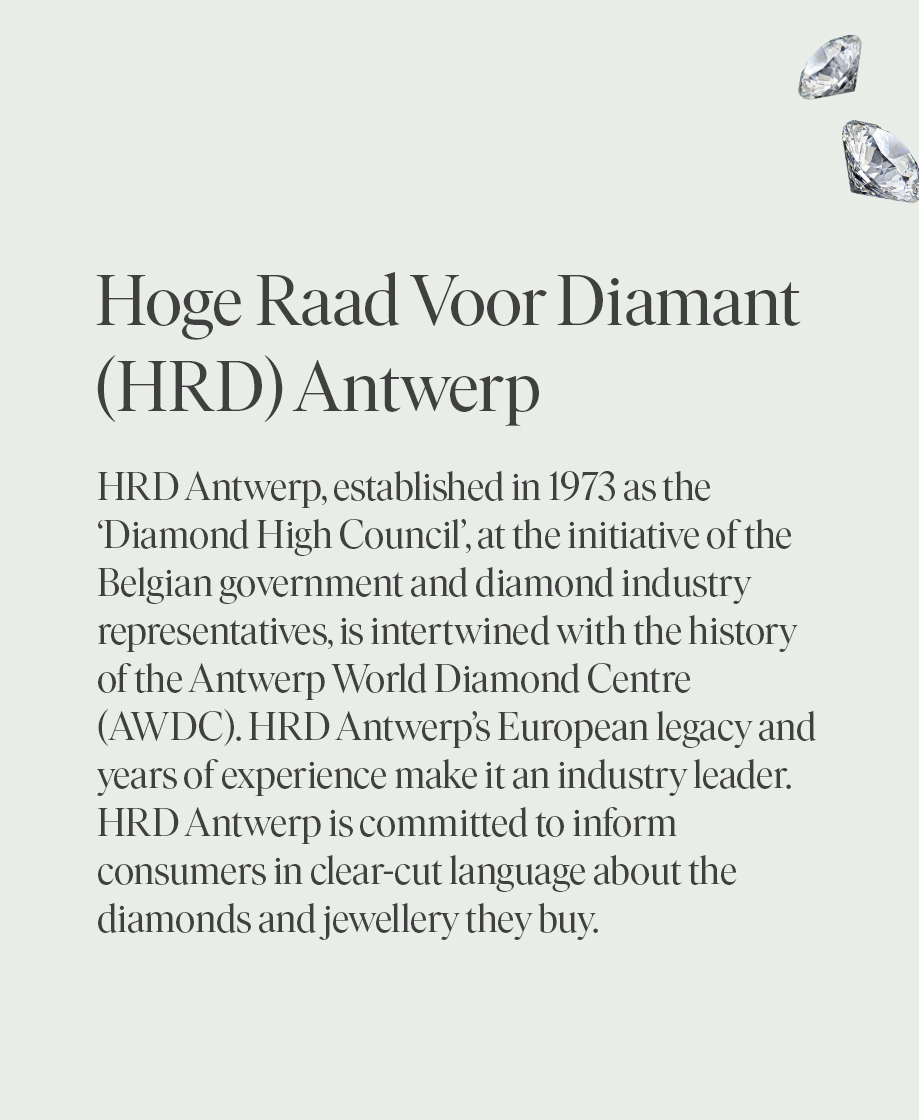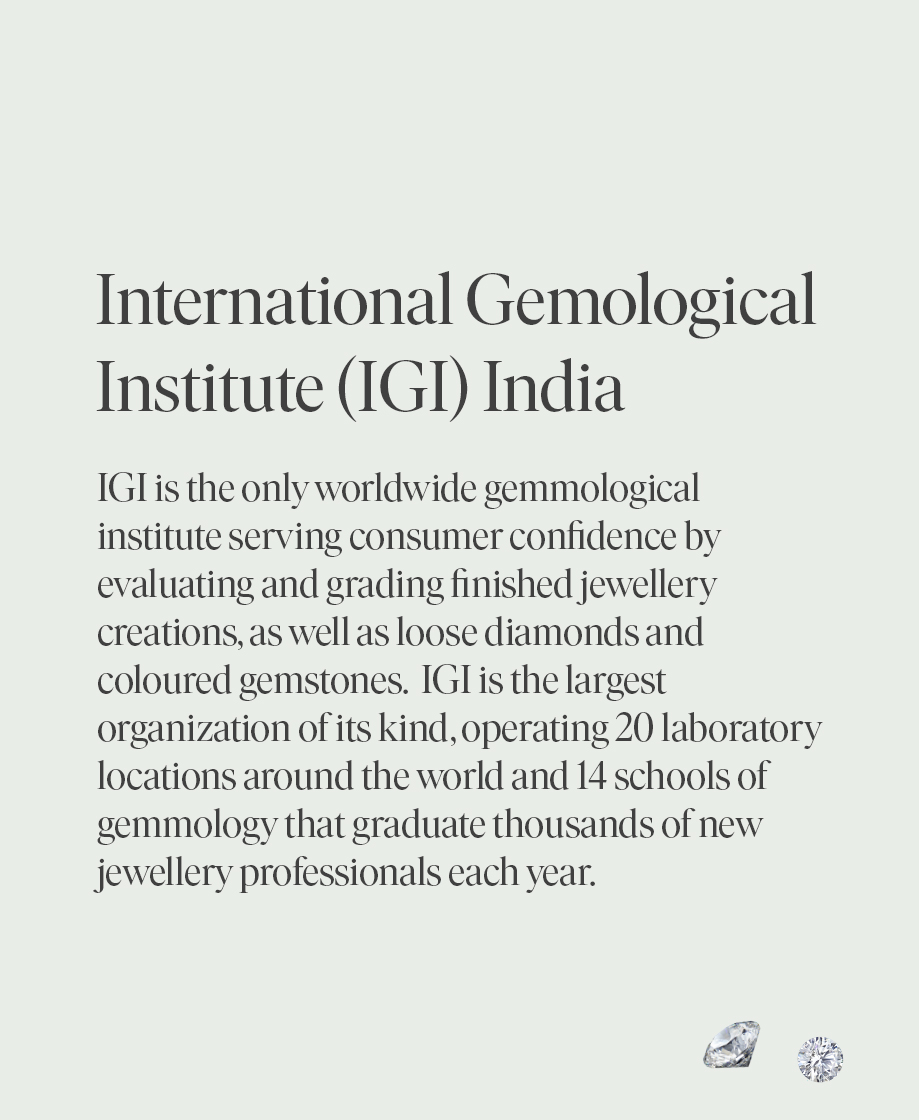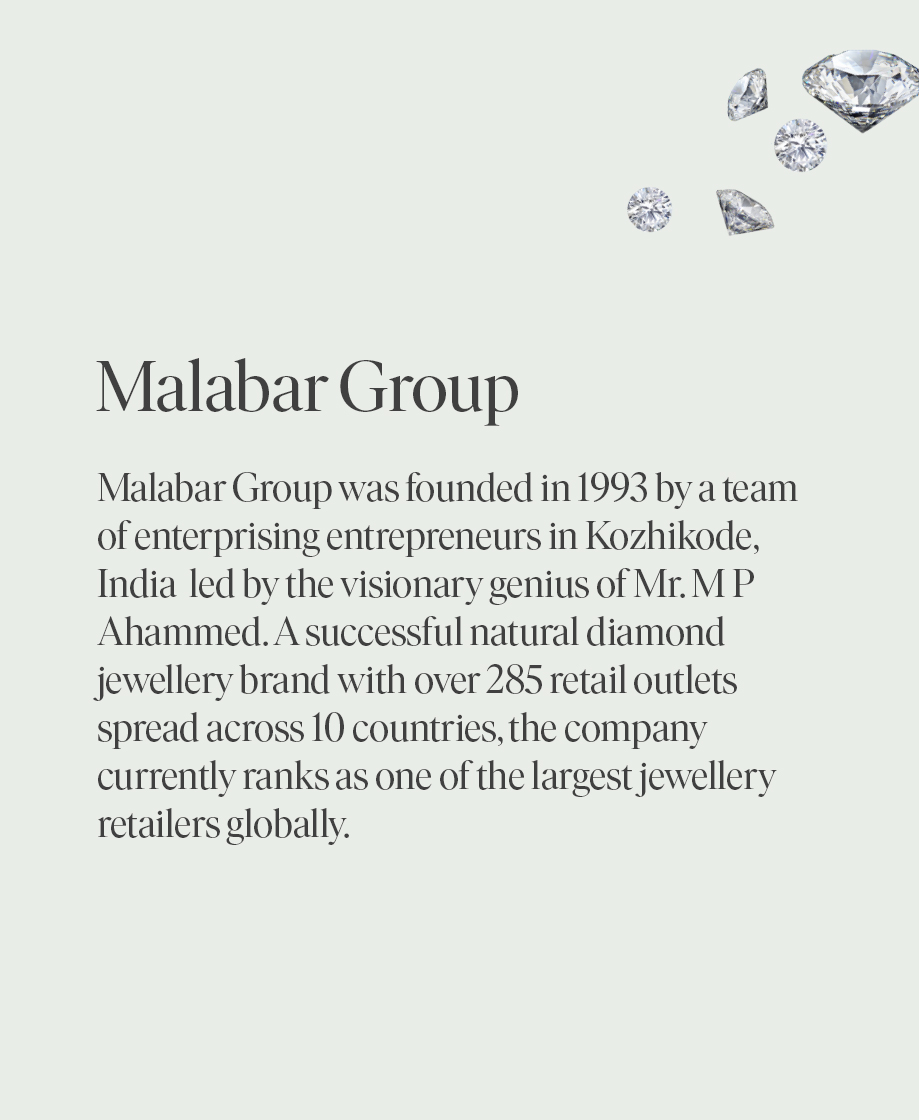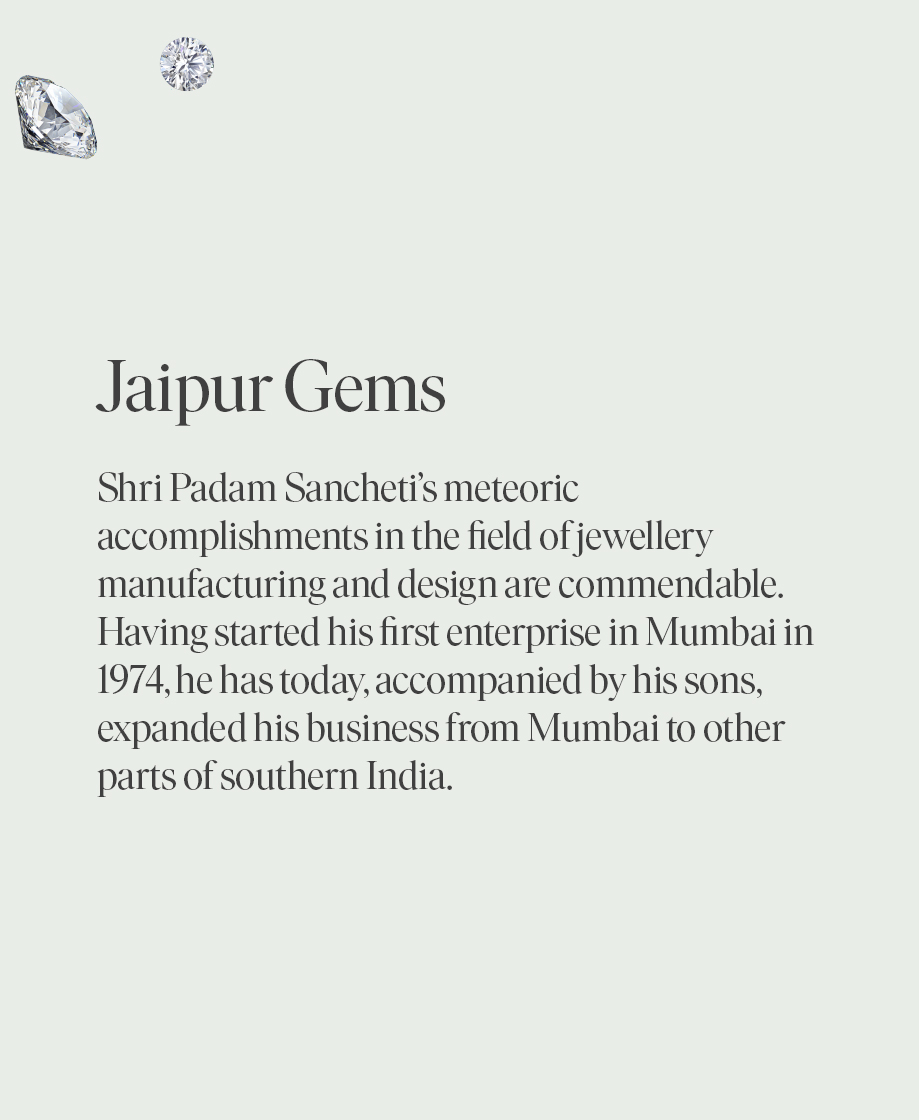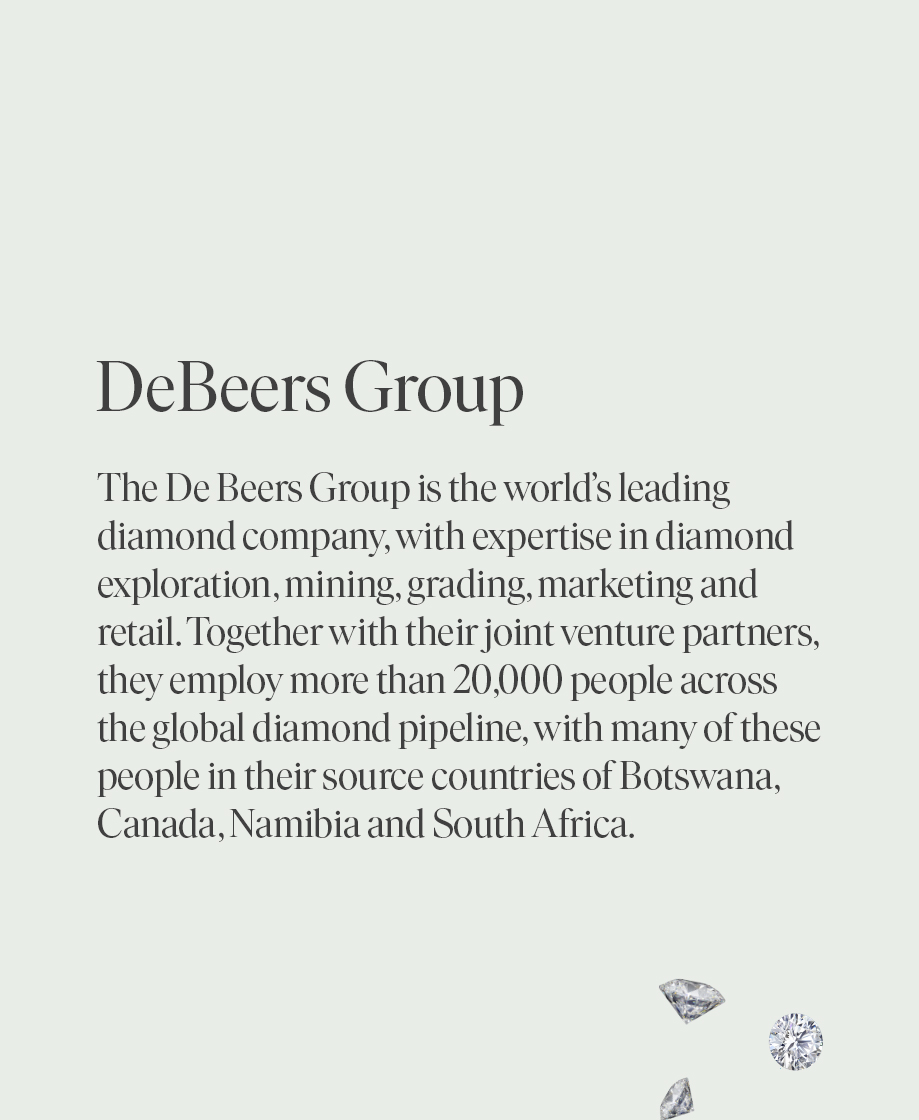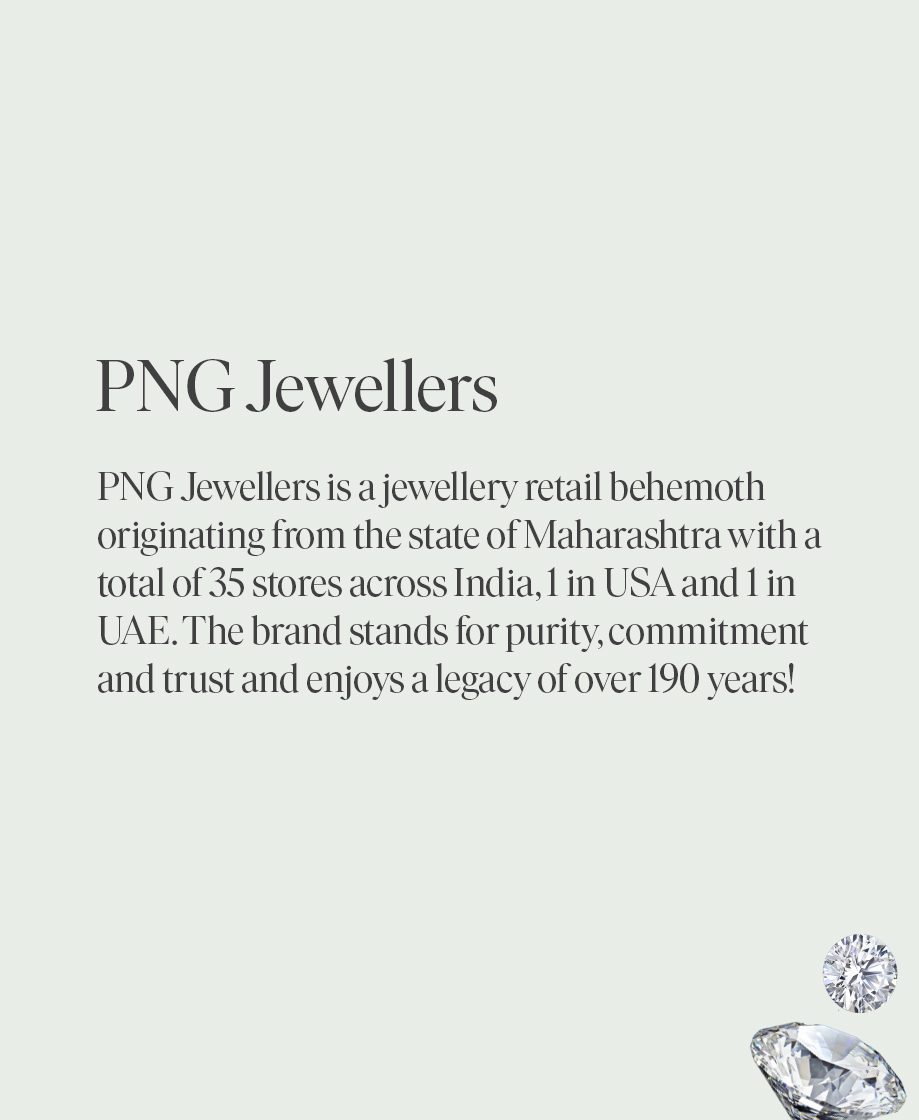The Internet’s Top 10 Questions on Diamonds
You asked and we called in the Global Experts to Answer all your Diamond FAQs!
There is a growing reliance on the all-pervasive world wide web to solve innumerable queries ranging from fashion, sports, and technology to jewellery and more. However, one would instead turn to a reliable and proficient sounding board for expert subject matters. Besides, the internet often overflows with information, which can be overwhelming!
The impending need to reach out to experts when in doubt, guided Natural Diamond Council’s objective of establishing a panel of revered connoisseurs from the diamond industry to respond to the 10 most asked questions on the internet.
You asked and we’re bringing you the answers to the most frequently asked questions on diamonds!
How does one identify a natural diamond?
De Beers Group – Due to their unique characteristics, all natural diamonds can be easily identified. As miracles of nature, natural diamonds have characteristics that enable them to be readily distinguished from other stones such as lab-grown diamonds, moissanite or cubic zirconia. There are a multitude of methods used by gemmologists to verify natural diamonds, including an array of dedicated instruments – such as those developed by the De Beers Group ‘Ignite’ – which use sophisticated technology to quickly and accurately confirm whether a stone’s characteristics match those of a natural diamond.
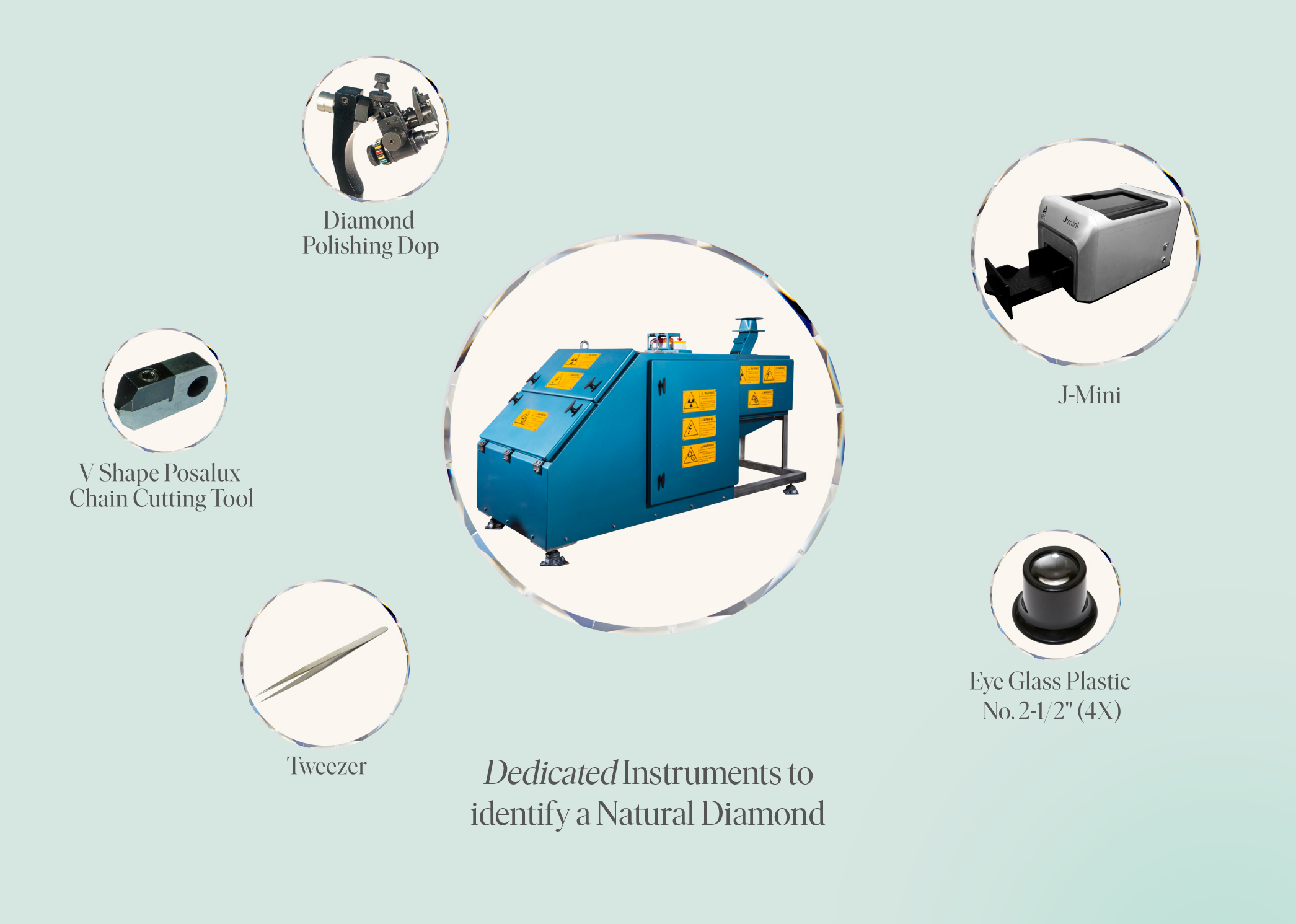
In addition, assurance processes are in place throughout the diamond value chain to ensure appropriate disclosure of any stones that are not natural diamonds, such as lab-grown diamonds or treated diamonds, so that end-clients can have confidence in their purchases.
What colours do natural diamonds come in?
Ms Ellen Joncheere, CEO HRD Antwerp – Diamonds come in all colours. The most common colours are best known as the D to Z colour range diamonds which starts from colourless to tinted (yellow or brown). The D colour is the best in this range with absolutely no colour. Z is the end of the range and any diamond darker than this is termed as a Fancy Colour Diamond.
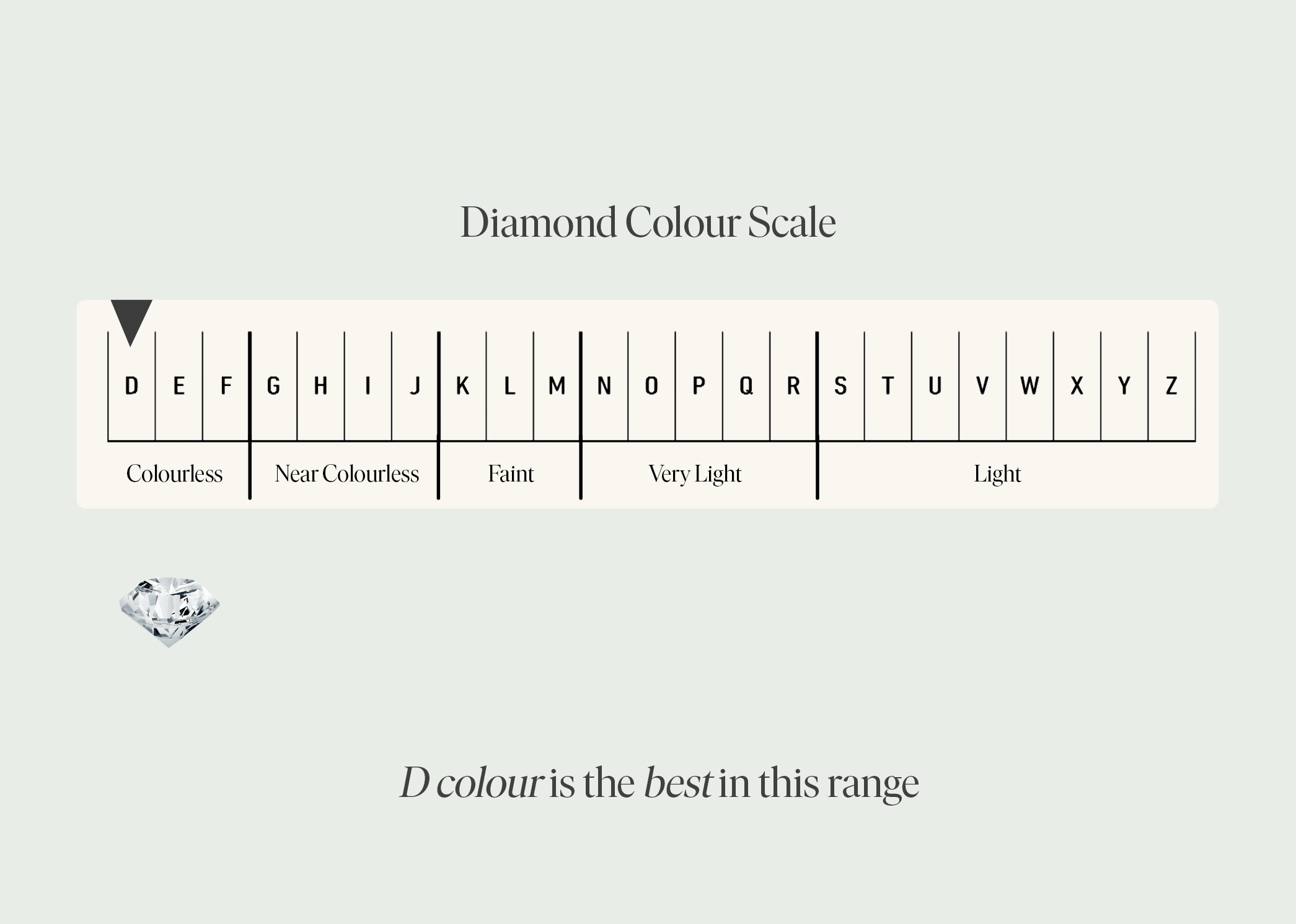
Natural Diamonds owe their colour to trace elements of which the most common is Nitrogen giving a yellow tint or colour. Structural irregularities can give other colours to diamonds including brown tints. Blue is caused due to the presence of Boron.
What are the 4 Cs of diamonds?
Mr. Tehmasp Printer, MD and President, IGI India –While grading a diamond, 4C’s are considered, i.e. Color, Clarity, Cut & Carat weight. All 4 Cs are equally important as the overall value of the natural diamond is derived from the balance of the 4 Cs.
Which one of the four Cs is the most important? Why?
Malabar Group -As a diamond characteristic that readily impacts the beauty of a diamond, it is the ‘Cut‘ that is the most important among the four Cs. It not just determines how much light the stone reflects but a diamond with a great cut is also full of life and sparkle.
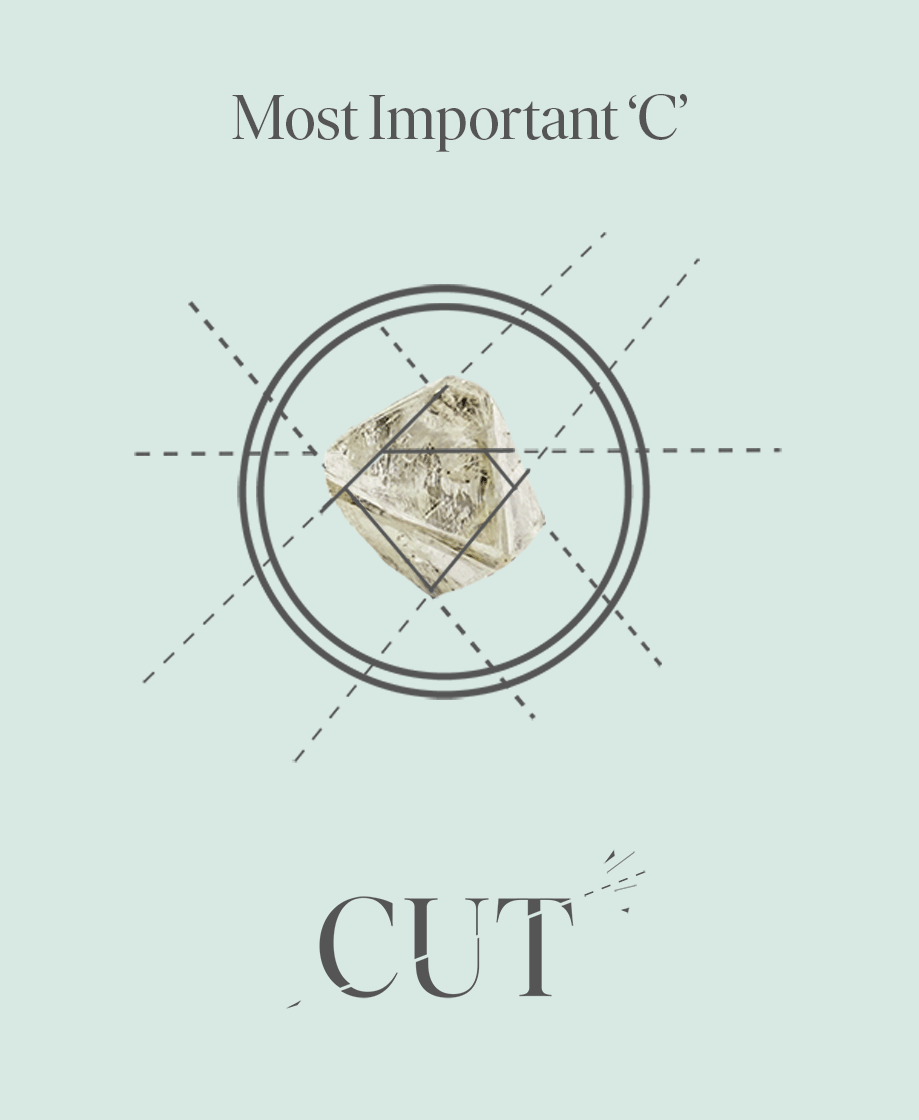
What are VS1 & VS2 in diamonds? And which one is better?
Mr. Tehmasp Printer, MD and President, IGI India – Basically, VS1 and VS2 refers to the Clarity of the Diamond. As per international grading standards the clarity grades are IF, VVS, VS, SI and I. It is the second quality of a diamond in terms of purity. “VS” which means Very Small inclusions is further classified as VS1 and VS2. It is just the number and position of the inclusion which decides whether 1 or 2. VS1 will have a smaller and lesser number of flaws as compared to VS2.
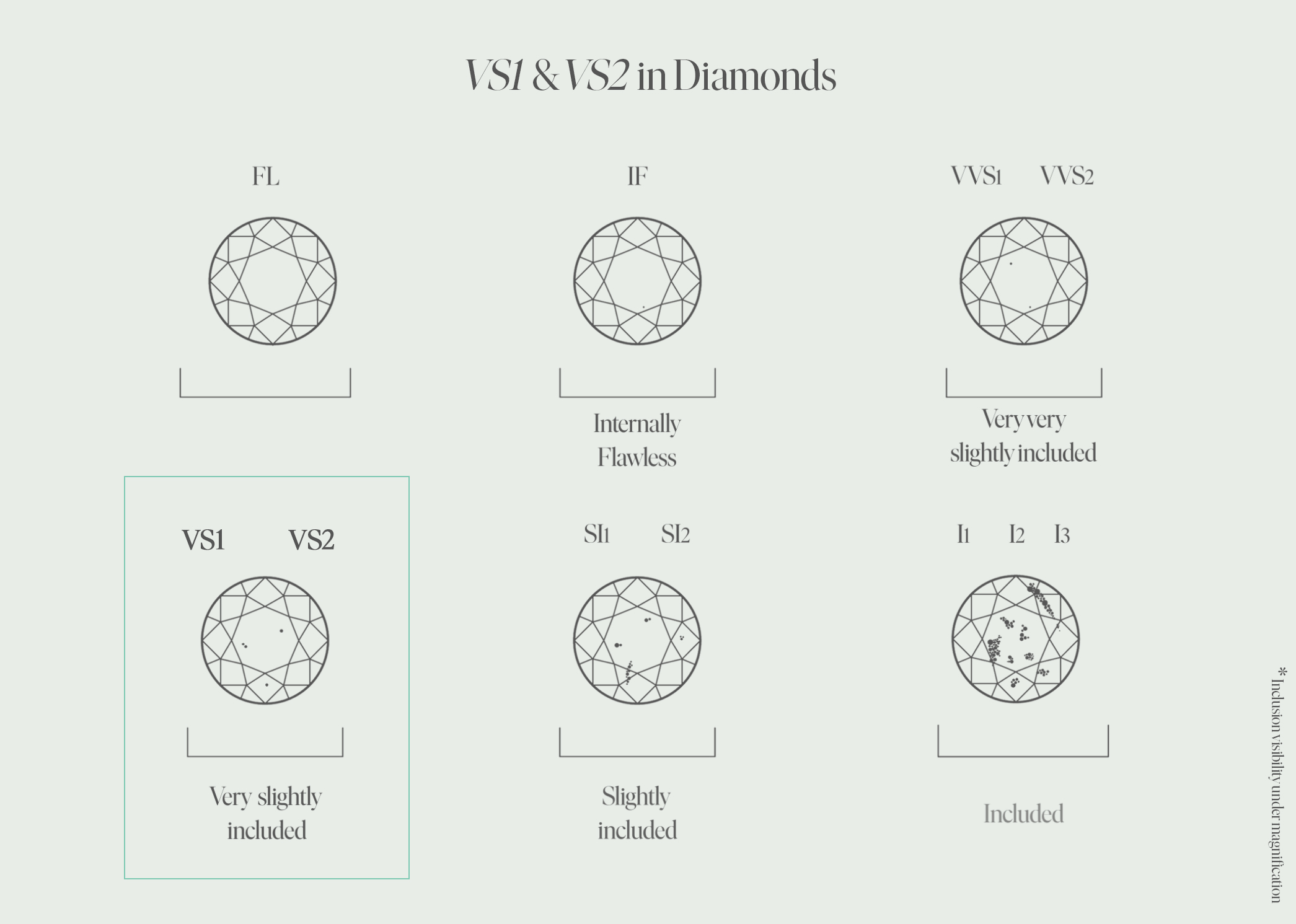
Ms Ellen Joncheere, CEO HRD Antwerp – Very Small Inclusions or very slightly included, are the terms for VS1 and VS2. When an experienced grader looks at a real diamond under a 10 times magnification also known as a 10x triplet loupe, he/she can see inclusions which are inside the diamonds or breaking the diamond and going inside. However, they are not very big and are small in fact. Based on where these characteristics are seen in the diamond, their colour, contrast, size and number including reflections seen from the crown determines the grade. When these factors are combined, a grader can distinguish between a VS1 and VS2. A VS1 is a better grade than a VS2 but to the untrained person, these grades are not easy to see without the loupe.
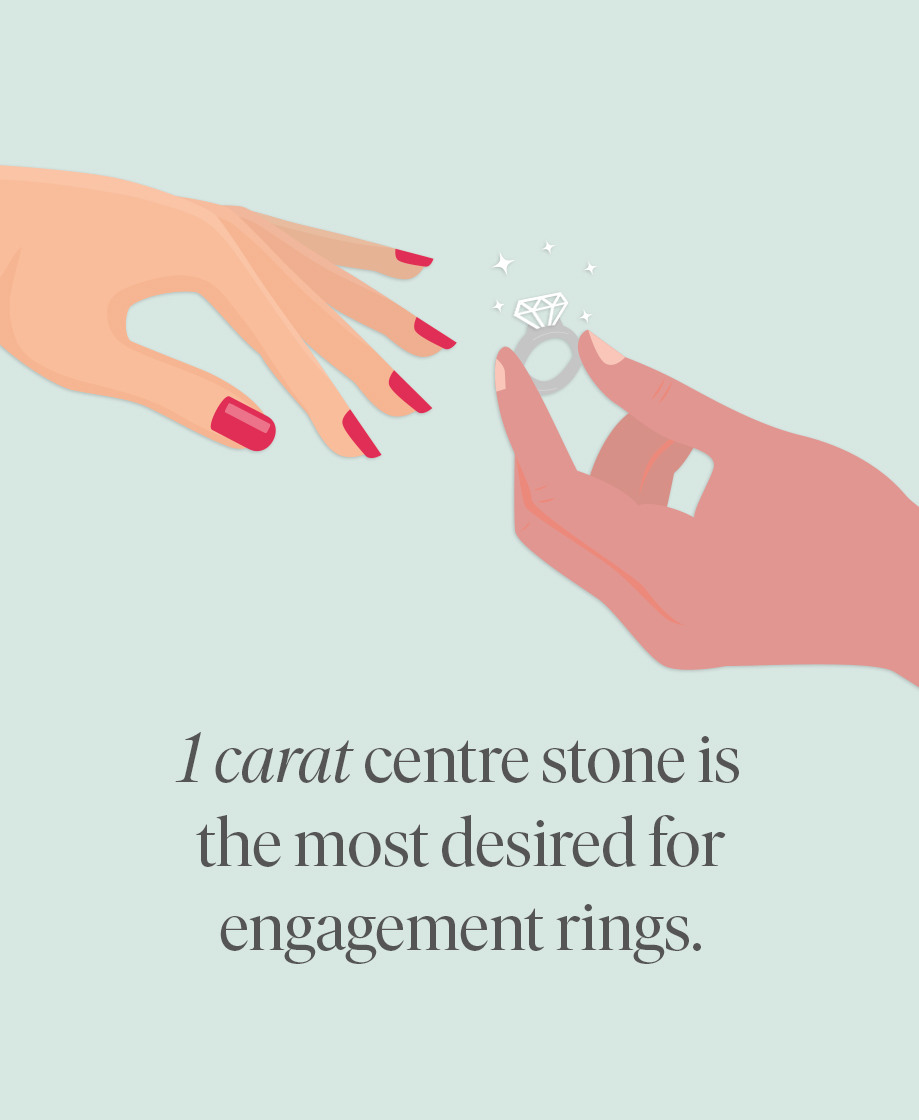
What is an ideal size when selecting a diamond?
Malabar Group – Although the 1 carat centre stone used to be the most desired for engagement rings, we’ve recently been noticing a change in preference among couples towards a slightly larger stone i.e. an average of 1.25 to 1.5 carats. However, overall, it depends upon the customer’s budget.
Is it true that natural diamonds do not break?
Ms Ellen Joncheere, CEO HRD Antwerp – On the contrary, it is a misconception. Diamonds break along their cleavage planes also called ‘planes of weakness’, if there is a force striking the stone. The misconception comes from the confusion of diamonds being the hardest, which actually relates to scratch resistance based on the Mohs Scale of Hardness for minerals.
Why are natural diamonds so valuable?
De Beers Group – A natural diamond’s value is derived from its rarity, its unique physical attributes and beauty, and the positive impact it helps create for the people and places where it is discovered.
All natural diamonds are inherently rare as real diamond supply is finite – nature will not bring any more diamonds to Earth’s surface as the required volcanic activity ended tens of millions of years ago. And the larger and higher quality the diamond, the rarer it is. Only a small number of diamonds of one carat and above in size are recovered every year – in fact, the total number recovered globally would all fit inside one exercise ball.
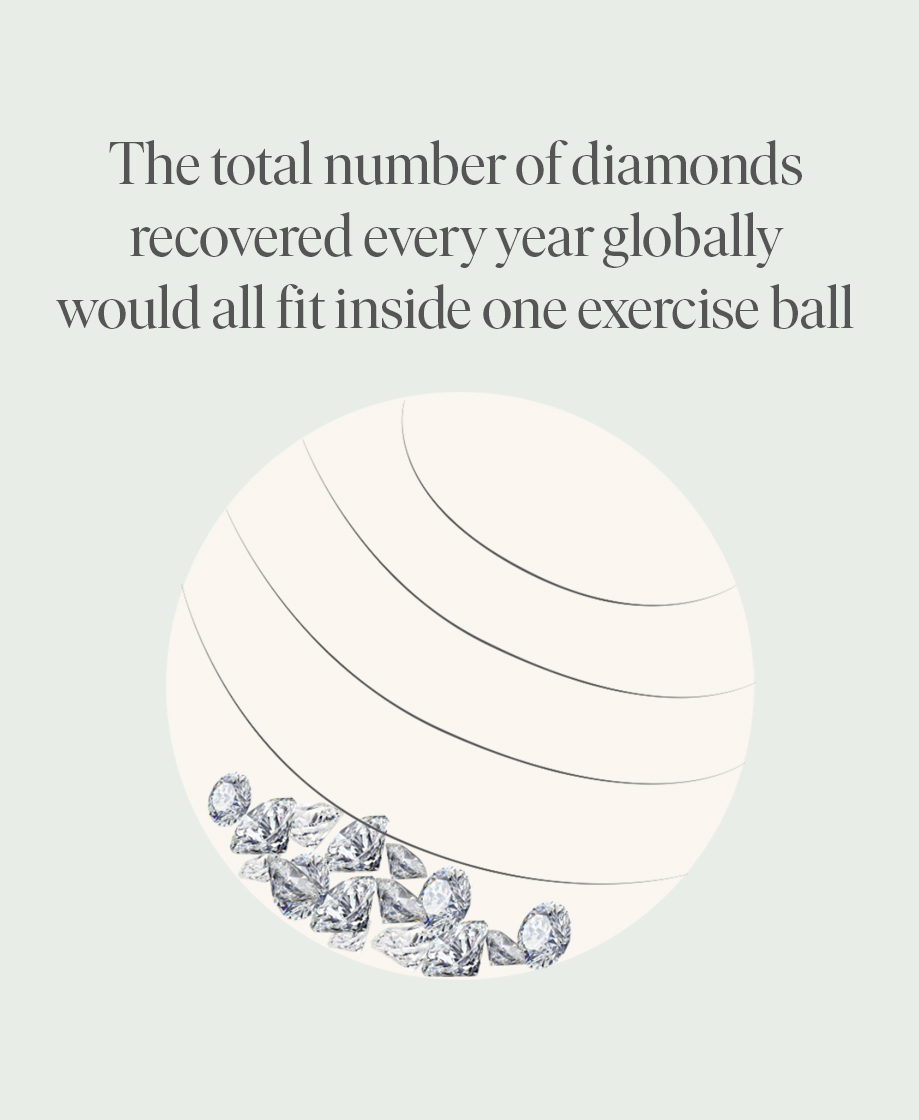
As every natural diamond is unique, each is assessed by criteria known as the 4Cs – colour, cut, clarity and carat weight. This assessment enables a diamond’s value to be determined by its rarity, with the largest, best cut, best clarity and highest colour diamonds being considered the most valuable. However, natural diamonds come in every shape and size and some people may even prefer diamonds that have small imperfections as a mark of nature and uniqueness, so there really is a diamond for every preference and budget.
Are Natural Diamonds a good investment, how? Do they go up in value?
Siddhartha Sancheti, Creative Director and CEO, Jaipur Gems – Natural Diamonds are rare and this unique quality positively enhances its value over time. We have seen that in natural blue and pink diamonds, with the passage of time they have gone up in value. Anything that is rare is limited by supply and therefore will always be valued, cherished and be passed on as heirlooms.
Dr. Saurabh Gadgil, Chairman and Managing Director, PNG Jewellers – Natural diamonds are a status symbol all around the world. They are a sign of elegance and eternity. If you take proper care of your diamond, it will retain its value and will even increase in value over time. Durability is also a sign of luxury. A diamond lasts forever as it is the hardest material on earth. It does not tarnish over time like other jewels. Natural diamonds are the best investment option for someone who is looking for less risk and yet wants to wear jewellery that is stylish to enhance one’s looks.
What do ‘ethically sourced diamonds’ mean?
De Beers Group – An ethically sourced diamond is one that has been sourced in a manner that reflects best practice in relation to social responsibilities including human rights, labour practices and impact on communities.
There are many standards in place to ensure ethical sourcing throughout the value chain, including programmes such as De Beers Group’s Best Practice Principles Assurance Programme (BPPs). The BPPs are a leading set of ethical, social and environmental standards, including strict sourcing standards, selection processes and certification requirements, which apply across the company’s value chain. The BPPs provide assurance that De Beers diamonds can be trusted to be ethically sourced along their incredible journey and are certified conflict-free.
From carats to cuts, from the emotional appeal of the sparkling diamond to its being a priceless possession that can be passed on from one generation to another, our experts have attempted to respond to all your queries about natural diamonds. We hope that we have provided you with useful information to assist you in purchasing the natural diamond you’ve been eyeing for a while but needed the expertise to identify.
Meet our illustrious expert panellists
